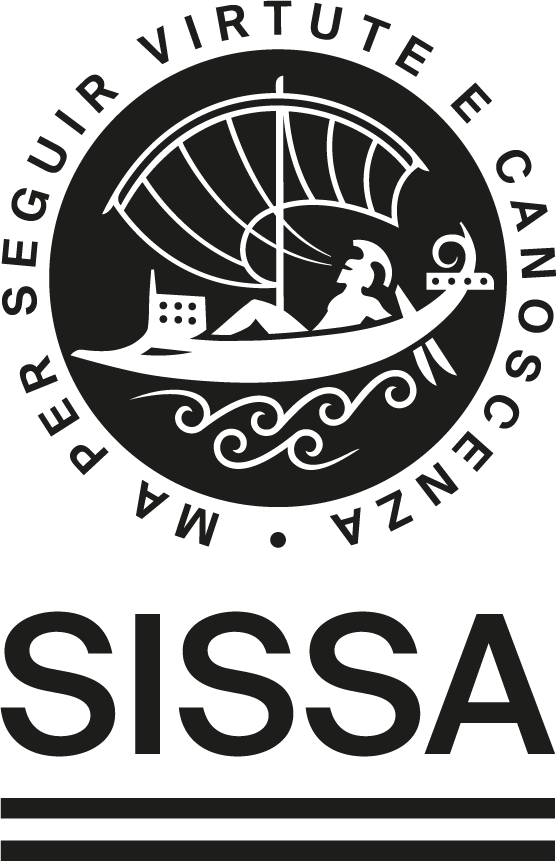by M. Dalmonte (2 credits)
Idea of the course: make people familiar with techniques in the field of synthetic quantum systems, in particular cold atom and trapped ion architectures.
Goals: gain the basic tools to understand in some detail experiments in synthetic quantum systems.
Enabling skills: being able to propose a novel technique to realize or probe quantum matter.
Pre-requisites: master equation, a tiny bit of band theory (Bloch theorem), atomic physics (solution of the Hydrogen atom and angular momentum theory), advanced quantum mechanics (including some basics of scattering). I will not cover laser theory.
Add ons: Some of the topics will be illustrated with open source software (qutip).
Modules:
- ) Atom–light interactions — review: [2 Lects]
- atoms in a standing wave: light–matter interactions (single photon quantization, cavity QED basics)
- laser and sysyphus cooling: how cold is cold?
- what atoms can and cannot do:
- spontaneous emission in red/blue detuned lattices
- scattering properties
- the magic of SU(N) — where does it come from?
- [extra] how noisy can a laser be? the real limitation of atoms in optical lattices
- [if time allows] how to treat dissipation? quantum trajectories
- ) Cold atoms in optical lattices: [1 Lect]
- Basic Hubbard, quantum registers
- review of experiments; limitations; how to cool
- observables: correlations, in situ imaging
- from weak to strong lattices: sine-Gordon–Hubbard crossover
- ) Beyond Hubbard: the cold atom Hubbard model toolbox [2 Lects]
- classical gauge potentials: Jaksch–Zoller and Gerbier–Dalibard approaches
- finite temperature effects in band structures
- Floquet approaches (quick review)
- alkaline-earth–like atoms and SU(N) Hubbard models
- magnetic atoms and polar molecules: spin and Hubbard physics with dipolar interactions
- lattice gauge theories and quantum magnets (quick review)
- advanced probes: can we measure or witness entanglement?
- classical gauge potentials: Jaksch–Zoller and Gerbier–Dalibard approaches
- ) Rydberg atoms in optical lattices and tweezers [2 Lects]:
- basic atomic physics of Rydberg states
- how to excite atoms to Rydberg states
- interaction engineering with Rydberg states: frozen regime
- interaction engineering with Rydberg states: dressing regime
- interaction engineering with Rydberg states: interactions within the Rydberg manifold (may be skipped)
- ) Trapped ions: basics [1.5 Lects]
- Paul traps, Penning traps, and microtraps
- cooling ions in a standing wave
- light–matter interactions: how spins talk to collective modes via light
- ) Trapped ions: many-body systems [1.5 Lects]:
- quantum gates: the Cirac–Zoller controlled-NOT proposal; Molmer–Sorensen entangling gate
- universal digital quantum simulators: theory and experiments
- spin models with trapped ions in Paul traps
- Rydberg ions: available transitions and use for mode shaping
At the end of modules 3, 4 and 6, we will work out a specific example taken from recent literature in some detail.

